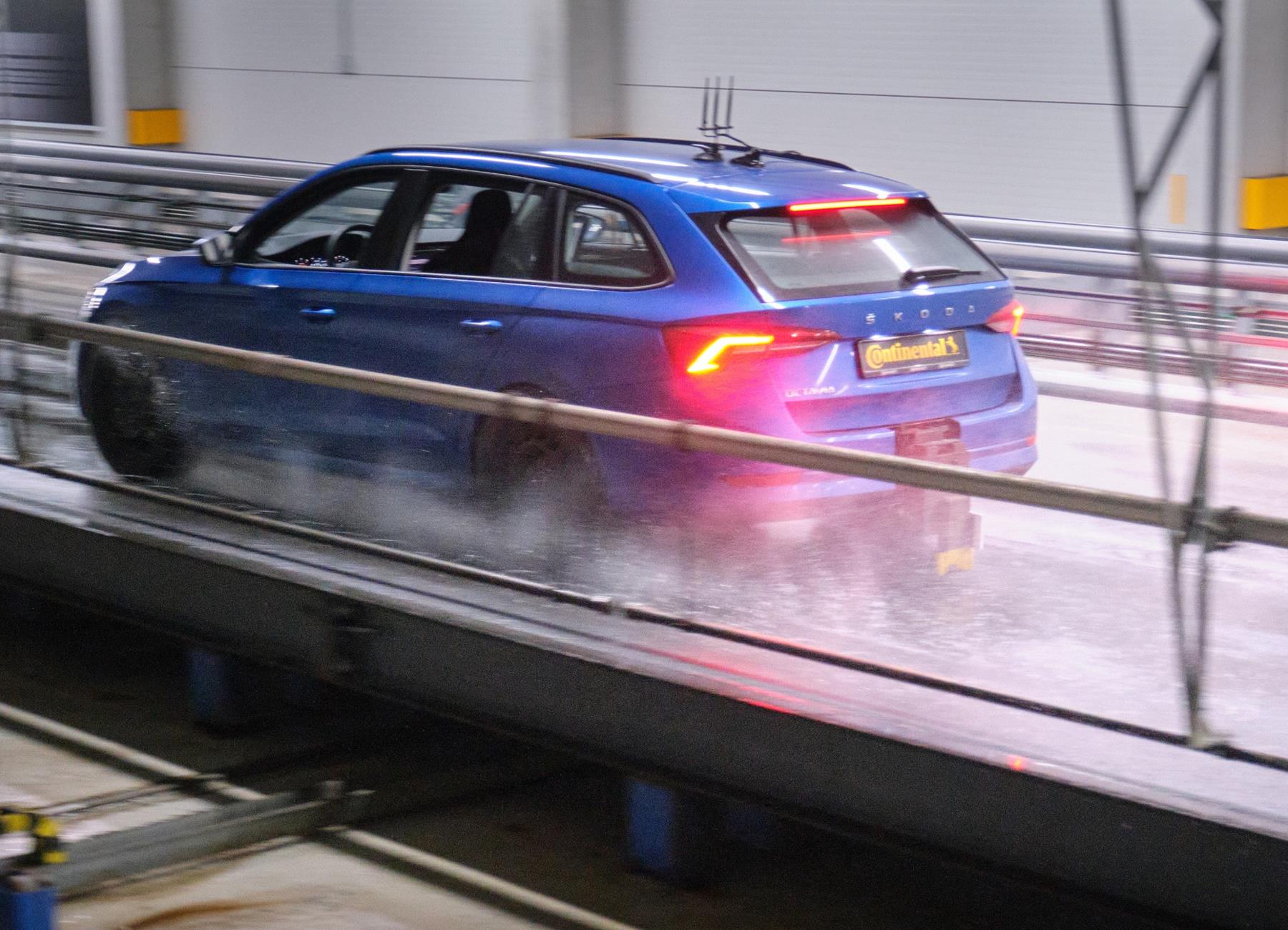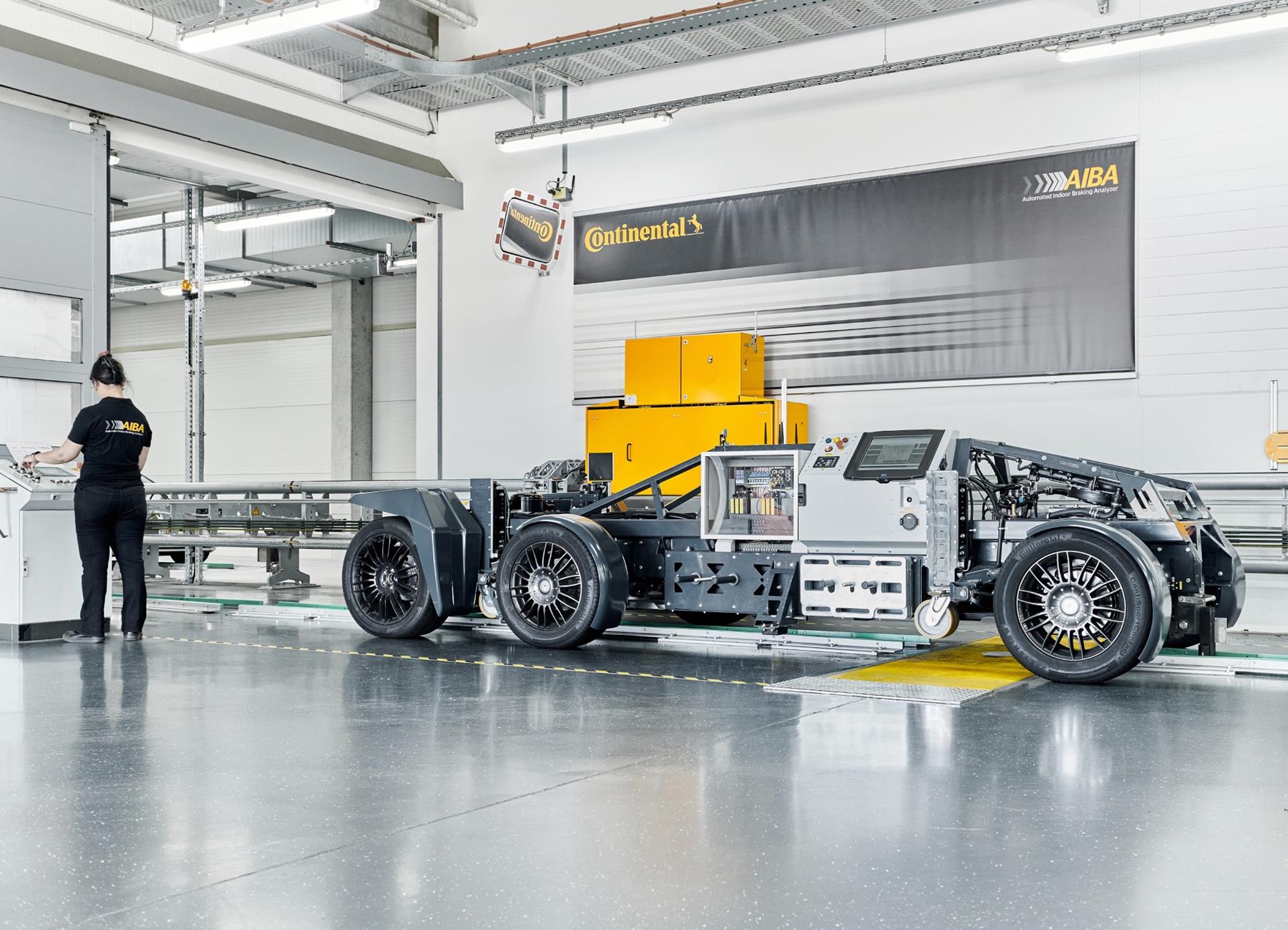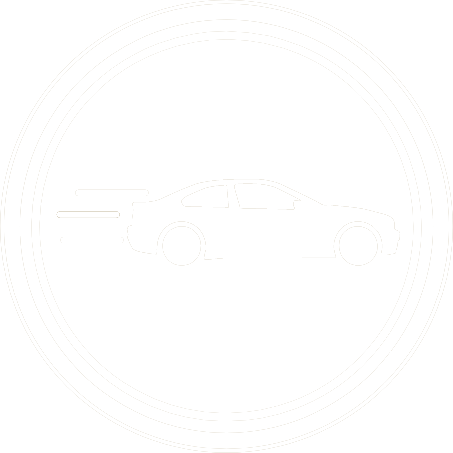Imagine 625 orbits around the earth – a pretty hefty distance of 25-million kilometres – and that is what Continental tyres do before they even put into production!
Using its fully automated tyre braking test facility known as the AIBA (Automated Indoor Braking Analyzer) since 2012, Continental has carried out more than 1-million ‘trips’ to generate precisely reproducible test processes to check the performance of new car and van tyres on different road surfaces – dry and wet – under laboratory conditions.

Looking for the very best in pre-owned cars - click here
In the facility, unmanned, rail-guided vehicles are automatically accelerated to speeds of up to 120 km/h along a track almost 100 metres long. They are then braked autonomously on a 75-metre long braking track and the whole process is managed by an electromagnetic linear drive borrowed from modern roller-coaster technology.
The AIBA facility also eliminates the need for the many kilometres of driving that are required on normal test tracks for starting off and pulling away.
“The AIBA facility is one of the most modern braking test facilities for tyres in the world. Even after being in use for more than 10 years. We can achieve a particularly high level of comparability of the test results in a fully air-conditioned, weather-independent, and fully automated environment,”says Meletis Xigakis, head of Global Tire Testing at Continental.
“Braking is essential for road safety. That is why we put a lot of effort into being able to analyse the performance of our tyres as precisely as possible.”

The focus at the facility is on prototypes of new tyres, where the interaction of new or modified rubber compounds and tread designs is validated and also used to verify the performance of a new serial tyre.
In contrast to virtual simulations, the tyre braking test facility uses real vehicles on real road surfaces. This enables efficient, precise, and comparable tyre tests – regardless of changing external influences such as temperature, wind, and sunlight.
In the past 12 years, valuable resources have been saved thanks to the AIBA facility and the electromagnetic linear drive. Around 166 000 kilometres needed on normal test tracks for starting off and pulling away have been avoided. This has saved 16 600 liters of fuel and almost 40 tons of CO2.
Colin Windell
Proudly CHANGECARS











